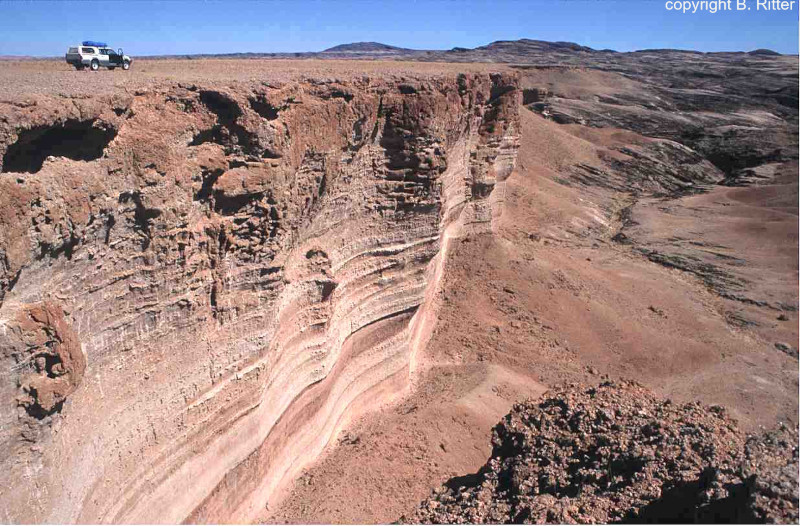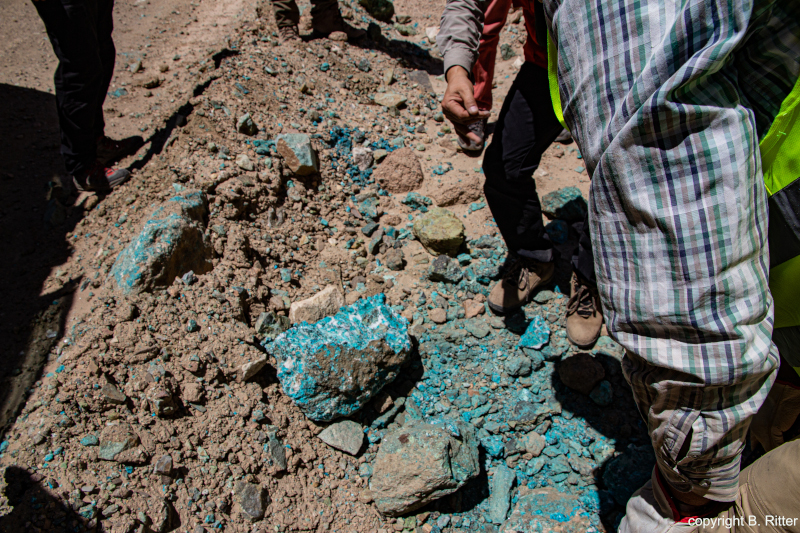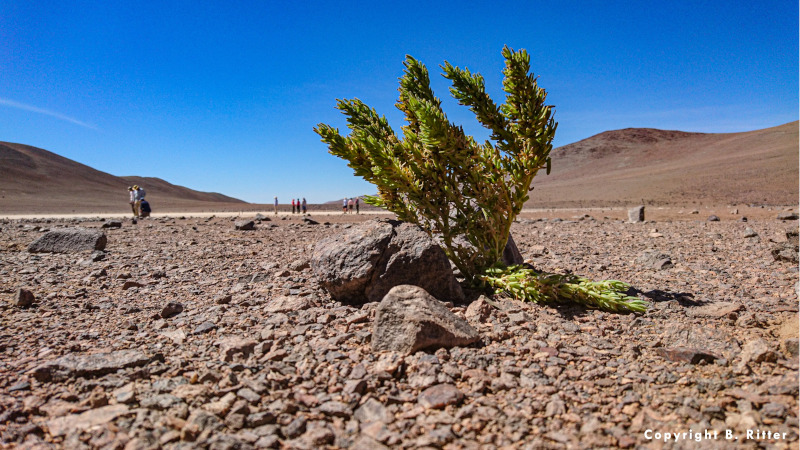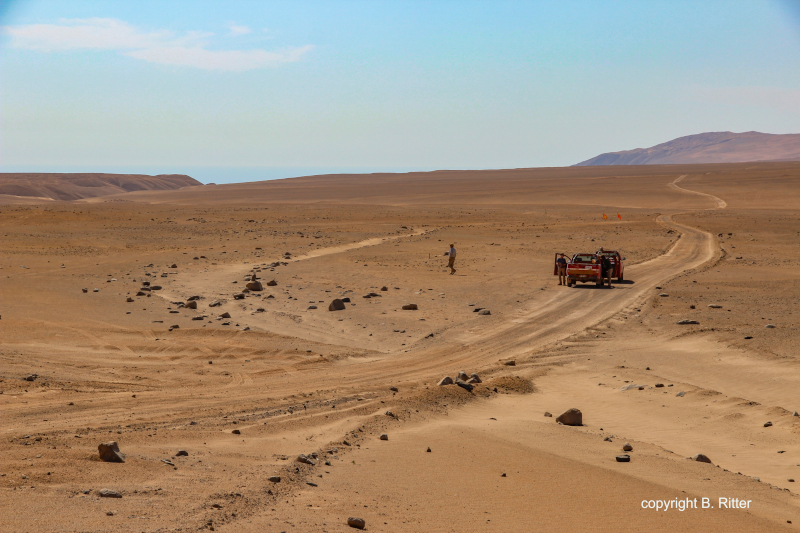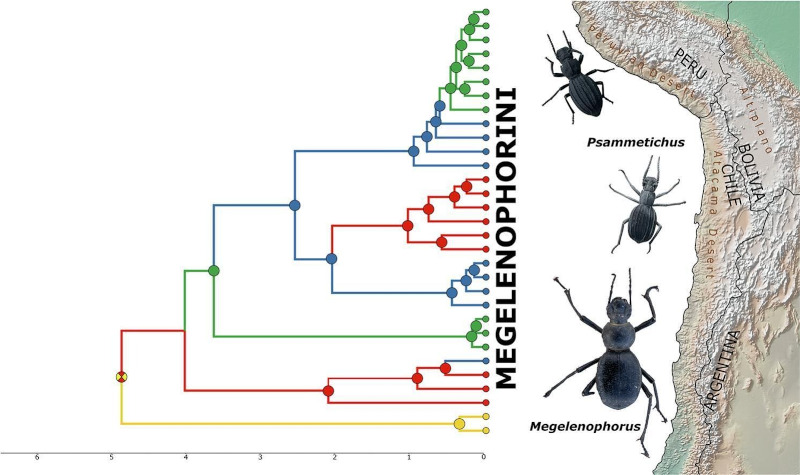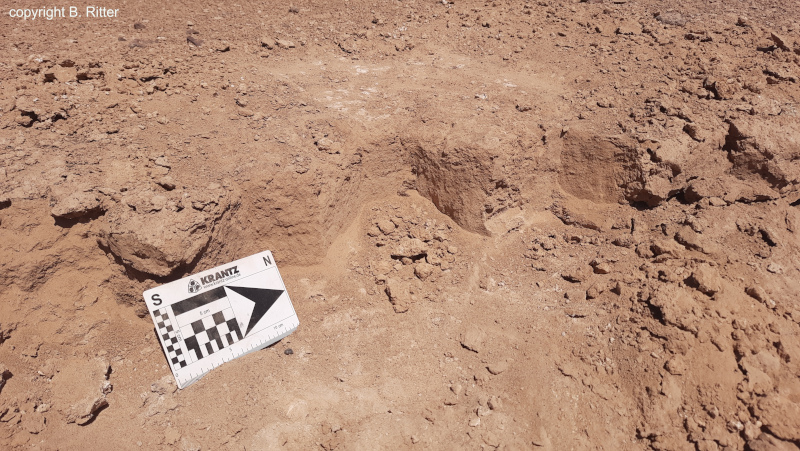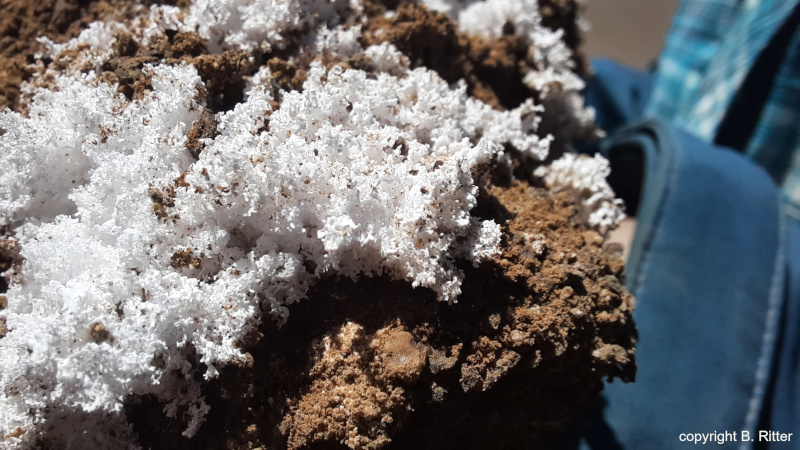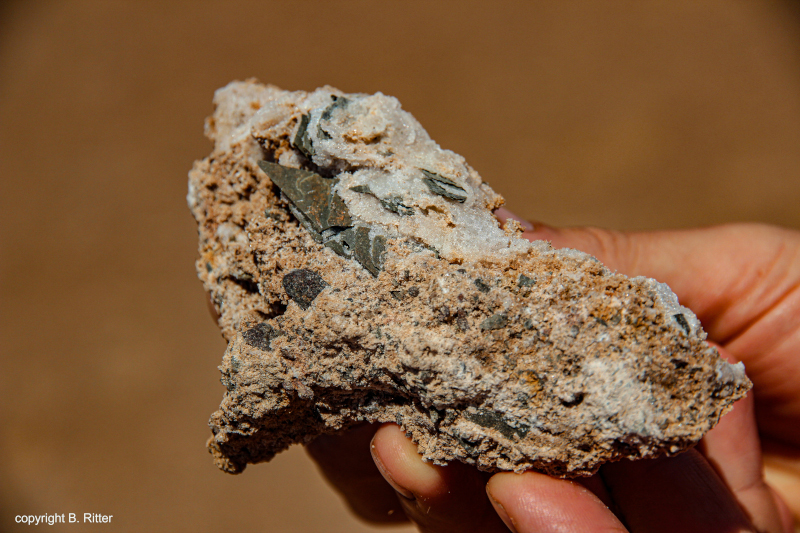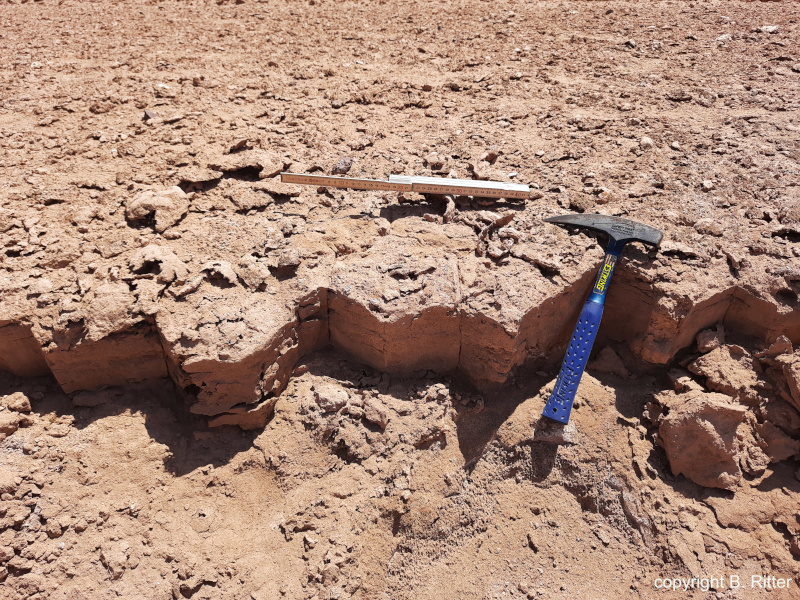Ongoing Research
DFG funded Project: 525049675 (Uni. Münster Prof. Hetzel – Uni. Köln Dr. Ritter PD)
Quantifizierung von Flusseinschneidung und Hebung im Rheinischen Schiefergebirge durch Datierung von Flussterrassen im Plateau-Tal des Rheins mit der 10Be–26Al burial dating-Methode
Schematisches Profil der Rheinterassen des Mittelrheintales nach Meyer und Stets 1998
CRC1211 – Earth-Evolution at the dry limit 3rd Phase 2024/2 – 2028/1
Project Leader in D02, B02, C09, Z04
D02 – Main Project Leader
Dating supergene minerals - Insights from Gypcrete, Silcrete, Calcrete and Supergene Copper Deposits into the evolution of aridity in the Atacama and Namib Deserts
Due to the scarcity of datable paleoclimate and environmental records in arid to hyperarid deserts, uncommon sedimentary archives must be tapped to track large-scale regional and global changes and the evolution towards hyperarid conditions. In the first two phases, subproject D02 focused on the development, adaptation and verification of improved geochronological tools, such as U-Th, U-Pb solution and U-Pb laser ablation dating, to open up paleoclimate archives for scientific use. In the third phase of the CRC1211, we will now apply our knowledge and tools to constrain chronologies from previously largely untouched, neglected archives and/or to improve existing chronologies.
In subproject D02, we aim to investigate previously insufficient or untapped archives associated with the formation of supergene minerals in arid to hyperarid environments, i.e. supergene Cu- and Fe-minerals and gyp-/sil-/calcretes, using a specialised and adapted U-Pb laser ablation dating technique (Goethe University Frankfurt) in combination with terrestrial cosmogenic nuclides (TCN) exposure and burial dating.
Representative Peer-reviewed Publications
- Late Neogene terrestrial climate reconstruction of the central Namib Desert derived by the combination of U–Pb silcrete and terrestrial cosmogenic nuclide exposure dating B Ritter, R Albert, A Rakipov, FM Van der Wateren, TJ Dunai, A Gerdes Geochronology 5 (2), 433-450
- Geomorphological significance of the Atacama Pediplain as a marker for the climatic and tectonic evolution of the Andean forearc, between 26° to 28° S. S Munoz-Farias, B Ritter, TJ Dunai, J Morales-Leal, E Campos, ...Geomorphology 420, 108504
B02 – Co Project Leader
Defining the hyperarid core of the Atacama Desert
Hyperarid areas of the Atacama Desert are regarded as largely free of animals. However, results with extensive trap systems within the CRC 1211 indicate that there is virtually no “death zone” without animals. Instead, we found a gradual transition from complex food webs via very simple food webs to extremely hyperarid habitats solely inhabited by Maindronia (Insecta: Zygentoma).
We plan to use this information for defining the hyperarid core of the Atacama Desert from a biological perspective as a region characterized by the exclusive presence of Maindronia (no other animals). Abiotic variables within and outside the boundaries of this hyperarid core will be studied to determine the key factors responsible for the collapse of more complex food webs and, in turn, the disappearance of desert specialists such as tenebrionid beetles.
Surface and subsurface sediment composition (mineralogy, salt content, grain-size, sediment structure) will be analysed for representative transects using standard techniques such as XRD, grain size determination, and ICP-OES. Analysis of sediment samples also includes the identification of layers containing microorganisms or dead organic remnants.
The definition of the hyperarid core of the Atacama Desert based on biological data will be compared to definitions of it on a geological/geomorphic and meteorological perspective, using existing information and gained knowledge from the other CRC subprojects. Our interdisciplinary approach (biological vs geological perspectives) enables a better understanding of what hyperaridity means and what boundary conditions are crucial for biological life and/or geological and geomorphological processes.
Representative Peer-reviewed Publications
- Impact of geoclimatic events on the diversification of newly defined Megelenophorini (Coleoptera: Tenebrionidae) in South America. Á Zúñiga-Reinoso, D Mardones, B Ritter, GE Flores, AE Giraldo-Mendoza, ... Global and Planetary Change 228, 104212
- Ragionieri, L.; Zúñiga-Reinoso, Á.; Bläser, M.; Predel, R. 2023. Phylogenomics of darkling beetles (Coleoptera: Tenebrionidae) from the Atacama Desert. PeerJ 11, e14848. https://doi.org/10.7717/peerj.14848.
- Zúñiga‐Reinoso, A.; Ritter, B.; Predel, R. 2021. The colonization of the Puna and Atacama Biogeographic Province by sister clades of Psectrascelis (Coleoptera: Tenebrionidae): Synchronous expansion without spatial overlap. Journal of Biogeography 48 (8), 1930–1940. https://doi.org/10.1111/jbi.14123
- Zúñiga-Reinoso, A.; Predel, R. 2019. Past climatic changes and their effects on the phylogenetic pattern of the Gondwanan relict Maindronia (Insecta: Zygentoma) in the Chilean Atacama Desert. Global and Planetary Change 182, 103007. https://doi.org/10.1016/j.gloplacha.2019.103007
C09 - Co Project Leader
Estimation of surface protection via microbial networks in salt and soil crusts in the Atacama Desert
Microbial life in the Atacama Desert is ubiquitous and very well-adapted to severe water limitation. Although abundances may vary, all sampling sites investigated to date contain traces of microbial life. Due to the harsh environmental conditions, surfaces are only partially colonized by microbial life (lithobiontic), but microorganisms are particularly active within surface crusts or even below (endolithic). Microbial communities consisting of photoautotrophic and chemoheterotrophic organisms from different groups of bacteria, archaea, and eukaryotes inhabit such endolithic environments. A detailed characterization of both the surface sediment crust and the organic matter (OM) present within is necessary to shed light on the recent and ancient microbial activity and to estimate surface protection capabilities in relation to and interrelation with the surrounding mineral matrices. These microbial processes play a crucial role in the critical zone of the Atacama Desert and have probably a significant impact on the long-term shaping of its landscapes.
Representative Peer-reviewed Publications
- Prater, I.; Mißbach-Karmrodt, H.; König, K.; Friedrich, D.; Heim, C. 2023. Biogeochemical Traces and Microbe-Mineral Interactions in the Hyperarid Core of the Atacama Desert. SSRN 2023. https://doi.org/10.2139/ssrn.4479262.
- Ritter, B.; Diederich-Leicher, J. L.; Binnie, S. A.; Stuart, F. M.; Wennrich, V.; Bolten, A.; Dunai, T. J. 2022. Impact of CaSO4-rich soil on Miocene surface preservation and Quaternary sinuous to meandering channel forms in the hyperarid Atacama Desert. Scientific Reports 12 (1), 17951. https://doi.org/10.1038/s41598-022-22787-9.
Z04 - Co Project Leader
Analytical Service
Coordination, Noble Gas Analysis, Meteoric 10Be Analysis
The objective of this project is to provide timely, state-of-the-art analyses of cosmogenic nuclides, radiocarbon, 230Th‐U disequilibrium dating, U-Pb solution and laser ablation, and oxygen isotope analysis to members of the CRC.
Representative Peer-reviewed Publications
- Ritter, B.; Vogt, A.; Dunai, T. J. 2021. Technical Note: Noble gas extraction procedure and performance of the Cologne Helix MC Plus multi-collector noble gas mass spectrometer for cosmogenic neon isotope analysis. Geochronology 3 (2), 421–431. https://doi.org/10.5194/gchron-3-421-2021.



